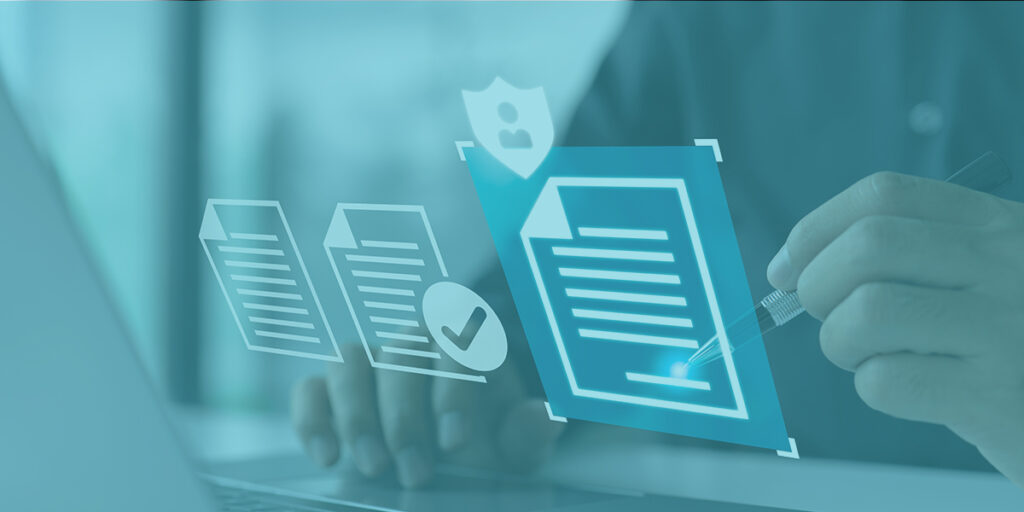In today’s dynamic business environment, software assets are often a company’s most valuable resources. Effectively managing and optimizing software usage is not just about cost savings; it’s about compliance, security, and informed decision-making. This is where robust software licensing tools become indispensable for enterprises.
As we move further into 2025, the landscape of these tools continues to evolve, offering increasingly sophisticated features to tackle the complexities of modern licensing models – from perpetual licenses to subscription-based cloud services. Choosing the right tool can feel like navigating a maze. That’s why we’ve compiled a list of some of the best software licensing tools that enterprises should consider in 2025.
Finding the Right Fit: Key Considerations
Before diving into specific tools, it’s crucial to understand your enterprise’s unique needs. Consider the following:
- Licensing Models: What types of licenses do you primarily manage (e.g., concurrent, named user, node-locked, cloud subscriptions)?
- Scale and Complexity: How many software assets and users do you need to track? Is your IT infrastructure centralized or distributed?
- Integration Requirements: Does the tool need to integrate with other systems like procurement, IT asset management (ITAM), or help desk platforms?
- Reporting and Analytics: What level of insight do you need into software usage, compliance risks, and potential cost savings?
- Automation Needs: Are there manual processes you want to automate, such as license harvesting or compliance checks?
- Security Requirements: How important is it for the tool to provide secure management of sensitive license information?
Top Software Licensing Tools for Enterprises in 2025
Here are some leading software licensing tools that are empowering enterprises to effectively manage their software assets in 2025:
- OpenLM:OpenLM stands out as a comprehensive license management solution designed to optimize the utilization of various software licenses, including engineering and scientific applications. It provides real-time monitoring of license usage, allowing administrators to identify idle licenses and reclaim them. OpenLM supports a wide array of license managers and offers detailed reports on usage trends, denial reasons, and user activity. Its features include license harvesting, usage statistics, historical reporting, and proactive alerts for potential compliance issues. OpenLM’s flexible architecture makes it suitable for both on-premises and cloud-based environments.
- FlexNet Manager Suite: A well-established player in the software asset management space, FlexNet Manager Suite offers a broad range of capabilities, including license management, software inventory, and application usage monitoring. It helps organizations gain visibility into their software estate, optimize license consumption, and ensure compliance. FlexNet Manager Suite supports various licensing models and provides insights into software deployments across different platforms.
- Snow License Manager: Snow License Manager focuses on providing a holistic view of an organization’s software assets and license entitlements. It offers features for software recognition, license reconciliation, usage tracking, and cloud subscription management. Snow aims to simplify the complexities of software licensing, helping businesses reduce costs and mitigate compliance risks across desktop, mobile, data center, and cloud environments.
- Aspera SmartTrack: Aspera SmartTrack is designed to provide transparency and control over software licenses, particularly in complex enterprise environments. It offers features for license optimization, risk management, and cost reduction. SmartTrack supports various licensing models, including those from major vendors like Microsoft, SAP, and Oracle. Its strength lies in its ability to analyze complex licensing rules and provide actionable insights for optimizing software spending.
- USU Software Asset Management: USU’s solution offers comprehensive software asset management capabilities, including license management, software deployment, and contract management. It aims to provide a centralized platform for managing the entire software lifecycle, from procurement to retirement. USU’s features include license optimization, compliance management, and cost control across on-premises, cloud, and mobile environments.
Beyond the Top Tier
While the above tools represent some of the leading options, the market for software licensing tools is diverse. Depending on your specific industry, the size of your organization, and your unique requirements, other tools might also be worth considering. These could include more specialized solutions focused on specific types of software or vendors, or more lightweight tools suitable for smaller businesses.
Making the Right Choice
Selecting the best software licensing tools for your enterprise in 2025 requires careful evaluation. It’s essential to:
- Define your requirements clearly.
- Research and compare different solutions.
- Request demos and potentially conduct pilot programs.
- Consider the vendor’s reputation and support services.
- Factor in the total cost of ownership, including implementation and maintenance.
By taking a strategic approach and carefully considering your options, you can choose a software licensing tool that will empower your enterprise to effectively manage its software assets, optimize costs, ensure compliance, and ultimately drive greater efficiency. The right tool will not just track licenses; it will provide the insights you need to make smarter decisions about your software investments in the years to come.







